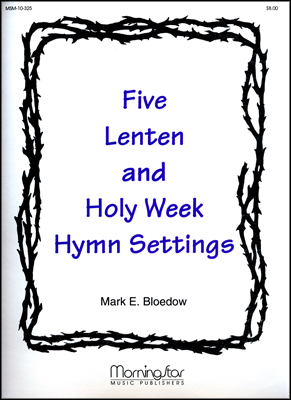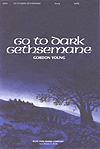- |
User Links
Go to Dark Gethsemane
Hymn Information
- First Line
- Go to dark Gethsemane
- Author
- James Montgomery (1825, alt.)
- Tune Name
- REDHEAD
- Composer
- Richard Redhead (1853)
- Topic
- Biblical Names and Places: Calvary · Biblical Names and Places: Gethsemane · Church Year: Good Friday · Death and Dying · Jesus Christ: Confidence in · Hymns about Prayer
Copyright Information
- Text Copyright
- Public Domain
- Tune Copyright
- Public Domain
- Reprint/Projection Information
- Words and Music: The Words and Music are in the Public Domain; you do not need permission to project or reprint the Words and Music.
Full Text
Scripture References
- · ·
Thematically related:
- st. 1 =
- st. 2 = ·
- st. 3 =
Further Reflections on Scripture References
The text exhorts us to follow Christ as we meditate on his sorrow in the Garden of Gethsemane (st. 1), on his suffering on the cross (st. 2), and on his sacrificial death (st. 3); each stanza ends with a corresponding petition.
Confessions and Statements of Faith References
Further Reflections on Confessions and Statements of Faith References
The first few stanzas of this hymn recount the experiences of Christ’s suffering in Gethsemane and on Calvary. Belgic Confession, Articles 20 and 21 confess the significance of these sufferings in Christ’s priestly role and how he “endured all this for the forgiveness of our sins.”
The account of his suffering and death in stanzas 1-4 is given a much more full explanation in Heidelberg Catechism, Lord’s Days 15-16, Questions and Answers 37-43: “Nothing else could pay for our sins except the death of the son of God.”
The end of stanza 5 proclaims the resurrection of Christ as the source of our hope. Heidelberg Catechism, Lord’s Day 17, Question and Answer 45 clearly testifies of its benefits for us: “…so that he might make us share in the righteousness he obtained for us by his death…we too are already raised to a new life…(and it) is a sure pledge to us of our blessed resurrection.”


 My Starred Hymns
My Starred Hymns





